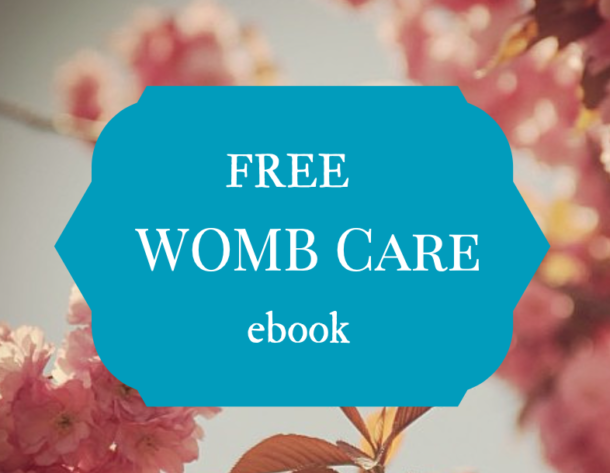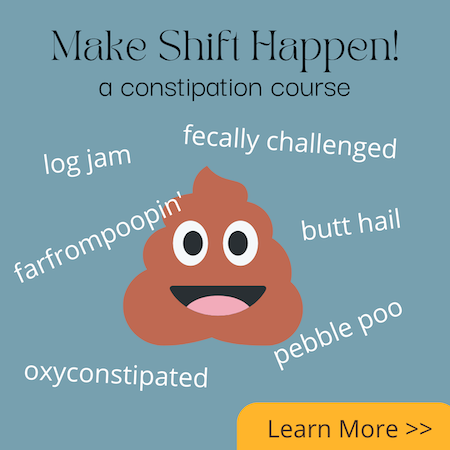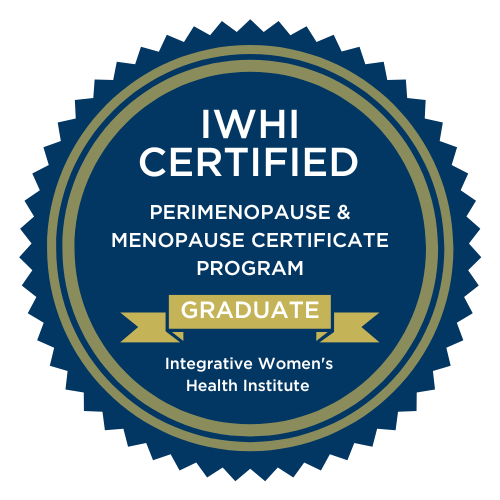As a manual therapist, I treat people and their tissues, not their medical conditions. I work in partnership with people by using a listening touch and working with the body’s own intelligence.
You’re more than your symptoms. As a manual therapist, my goal is to be a facilitator in restoring tissue health, motility of the internal organs and blood, lymph, and energy flow through the body.
In this article, l discuss ovarian cysts and how a malpositioned uterus or restriction in the flow of blood, lymph, and energy can possibly lead to ovarian cysts, and how manual therapy can help to keep the ovaries happy and healthy.
Even though I just stated that I don’t treat medical conditions, I treat people, it’s important to know about any existing medical conditions so that I can make appropriate modifications. For instance, with ovarian cysts, it’s helpful for me (and you) to know what type of ovarian cyst you have and how big it is. It’s been my experience that people often don’t know what type of cyst they have, the size of the cyst, or which ovary it’s on. Please ask your physician and get as much information as possible prior to your appointment. The more you know, the better you can connect with your body and get the proper support.
The main concern with large ovarian cysts is the fear of ovarian torsion, which is when the weight of the cyst is so heavy that it causes the ovary to become twisted on its stalk cutting off its own blood supply. Ovarian torsion is a medical emergency so if you suspect that you have a large ovarian cyst or experience intense abdominal pain, go to your doctor. The sooner you get treatment the better chance of saving your ovary. Ovarian torsion is relatively uncommon and accounts for only 2.7% of acute gynecological cases. Ovarian torsion can happen at any age or even during pregnancy. A review of ovarian torsion. But don’t freak out if you have an ovarian cyst, ovarian cysts are very common, and like I said ovarian torsion is relatively rare.
Most ovarian cysts don’t rupture but instead resolve on their own. Symptoms from a ruptured ovarian cyst may vary from mild to severe pain. Some ruptured cysts may require medical treatment. If your doctor identifies an ovarian cyst on an ultrasound, they should talk to you about your risks and whether your unique situation requires a treatment plan. You can read more about the management of a ruptured ovarian cyst on the John Hopkins Medical website.
If your cyst is in the grey area of 4-5 cm, your abdominal practitioner will either skip the lower belly massage or only do feather-light strokes and lymphatic drainage over the lower belly. Lymph responds well to light touch, no more than the weight of a nickel. It’s amazing what you can do with a light touch, so don’t underestimate lighter treatments. Not only do lighter treatments improve lymph drainage and energetic flow, but it also connects us to parts of our body we may have been disconnected from.
Typically a doctor would recommend surgery for cysts 7cm or larger (in some cases 5 CM). The size of an average ovary is about 2 x 3 cm (almond-sized), so you can imagine a cyst larger than that may be too much for the ovary to support. There are other risk factors including the length of the ligament that connects the ovary to the uterus. The longer the ligament, the greater the risk of torsion.
Symptoms of ovarian cysts, in general, can range from no symptoms to lower abdominal pain, irregular cycles, pain with intercourse, pain with bowel movements, pelvic pressure, and more. Ovarian cysts can’t be diagnosed through palpation, so if you’re having abnormal symptoms visit your physician.
Types of cysts:
There are two types of what are called functional cysts (related to the process of ovulation). Follicular cysts are functional cysts that result when ovulation fails to occur. In this case, the follicle grows but never bursts open to release the egg, and as a result, becomes a cyst. You see, a follicle is a fluid-filled sac that contains the egg, so the follicle is naturally a cyst until it bursts open.
“Whenever a woman gets a pelvic ultrasound for chronic pelvic pain, a fibroid, or any other reason, her ovaries are scanned and these cysts show. Small 1-3 centimeter cysts are almost always normal because producing small physiological cysts that come and go is part of what normal ovaries do. They gestate little eggs, little cysts-or in energy medicine terms, young ideas ripe with potential.” Dr. Christiane Northrup, MD Women’s Bodies, Women’s Wisdom
The other type of functional cyst is a corpus luteum cyst. When a follicle releases its egg, it becomes what is known as the corpus luteum which then produces hormones. If pregnancy does not occur the corpus luteum disintegrates. However, if fluid or blood is trapped at the site, it can form a cyst. This type of cyst usually resolves on its own within 3 months
Functional cysts are usually harmless and disappear on their own.
Other types of cysts are:
Endometriomas, also known as chocolate cysts develop when endometrial cells grow outside of the uterus (endometriosis) and attach to your ovary.
Dermoid cysts, also known as teratomas are formed from embryonic cells and contain tissue, such as hair, skin, or teeth.
Cystadenomas develop on the surface of an ovary and might be filled with a watery or a mucous material.
Polycystic ovaries occur when the eggs mature within their follicles but are never released from the ovaries. Resulting in ovaries that contain many fluid-filled sacs. Dr. Lara Briden talks about four types of PCOS here.
Cysts and a manual therapy perspective:
From a manual therapy perspective according to Dr. Rosita Arvigo, “the membrane that lines the superior aspect of the ovary is so thin, delicate, and nearly translucent that any abnormality in positioning affects its function.” Other mechanical causes of ovarian cysts may be venous congestion, adhesions on the ovaries, a malpositioned uterus pressing on the ovulation site, or a thickening of the ovarian wall. As Dr. Arvigo puts it, “any restriction in the five channels of flow will have an impact on ovarian health.” Those five channels are arterial, venous, lymphatic, energetic, and nerve flow. Abdominal therapy works to optimize the five flows so that the body can more easily maintain balance within.
The following suggestions are intended for uterine and ovarian health. What works for you, will depend on your individual situation, so consult a qualified health professional.
- To keep your ovaries healthy, receive manual therapy from a qualified manual therapist.
- Take my womb massage online course where I will teach you self-abdominal massage including an ovarian manual technique.
- Castor oil Packs These can be used when a cyst is present, or after a cyst has burst. In fact, if a cysts burst it’s important to get gentle hands-on manual therapy especially lymph drainage as soon as possible to aid in drainage. As well as, keeping inflammation down through dietary choices. When the tenderness in the abdomen/pelvis subsides it’s recommended to resume abdominal therapy (deeper than the lymph drainage) to prevent adhesions from forming.
- In Tami Lynn Kent’s book Wild Feminine, she talks about the energetic properties of the ovaries and how Holistic Pelvic Care™ can help.
- A naturopathic doctor or Women’s Health Specialist can support you in diet, hormonal testing, and herbs. So having them as a part of your care team alongside manual therapy is important. Ovarian cysts aren’t always from a mechanical issue, so it’s important to rule out other imbalances. Herbal ovarian tonics include Blue cohosh, white peony, false unicorn, and chaste berry. These herbs are not appropriate for everyone, so talk to a qualified herbalist who can take your entire health history into account when creating a formula for you. Chickweed is an herb that has been reported to resolve cysts over a 2-16 month course time.
You may also like:
Finding Your Uterus and Ovaries
Ovulation Pain (Mittelschmertz)
Correlation between the Length of Ovarian Ligament and Ovarian Torsion: A Prospective Study.









It makes sense that you may need medical treatment if your ovarian cyst ruptures. My wife has been experiencing a lot of pain, she mentioned that it feels as though her ovaries are inflamed. It may be best for her to see a professional to determine whether or not she has an ovarian cyst.